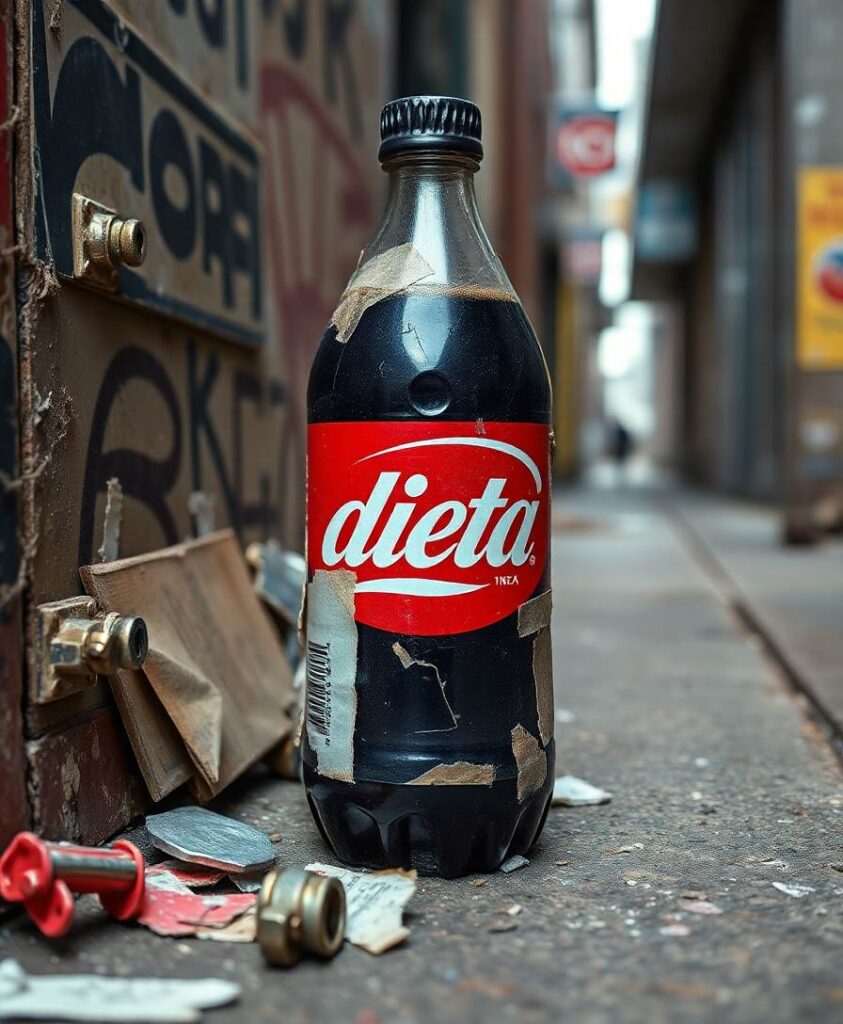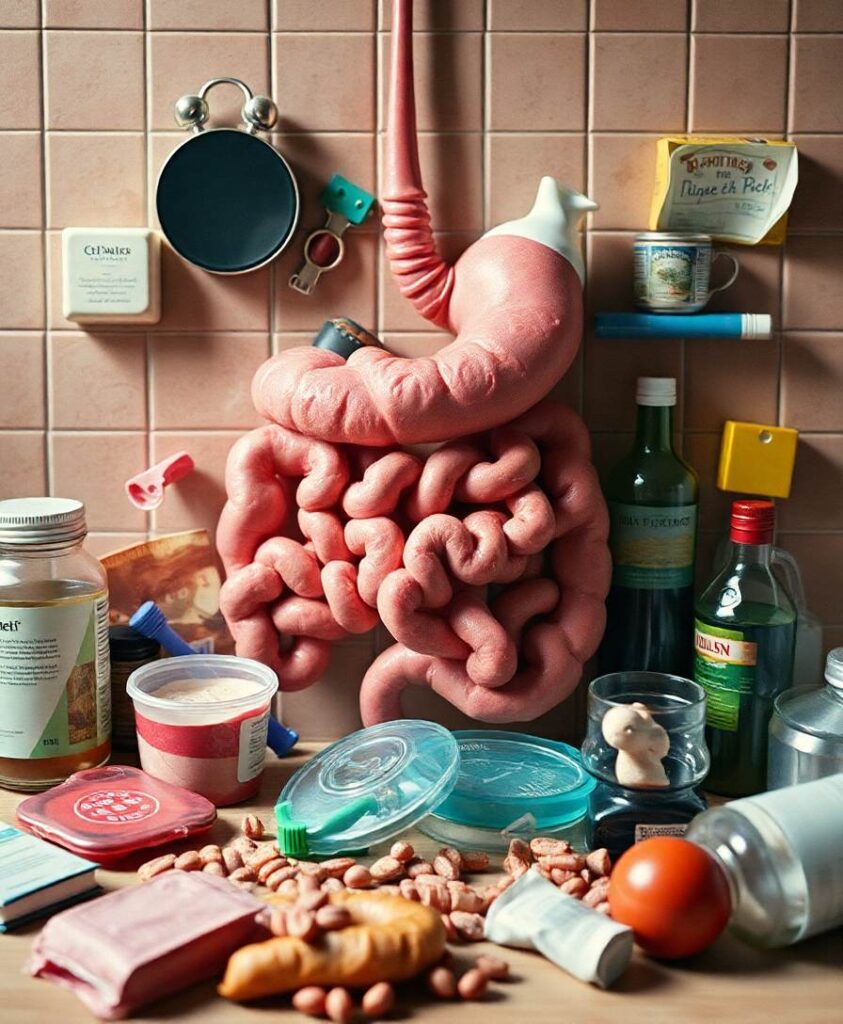BackgroundLiver transplantation surgery is often accompanied by massive blood loss and massive transfusion (MT), while MT can cause many serious complications related to high mortality. Therefore, there is an urgent need for a model that can predict the demand for MT to reduce the waste of blood resources and improve the prognosis of patients.ObjectiveTo develop a model for predicting intraoperative massive blood transfusion in liver transplantation surgery based on machine learning algorithms.MethodsA total of 1,239 patients who underwent liver transplantation surgery in three large grade lll-A general hospitals of China from March 2014 to November 2021 were included and analyzed. A total of 1193 cases were randomly divided into the training set (70%) and test set (30%), and 46 cases were prospectively collected as a validation set. The outcome of this study was an intraoperative massive blood transfusion. A total of 27 candidate risk factors were collected, and recursive feature elimination (RFE) was used to select key features based on the Categorical Boosting (CatBoost) model. A total of ten machine learning models were built, among which the three best performing models and the traditional logistic regression (LR) method were prospectively verified in the validation set. The Area Under the Receiver Operating Characteristic Curve (AUROC) was used for model performance evaluation. The Shapley additive explanation value was applied to explain the complex ensemble learning models.ResultsFifteen key variables were screened out, including age, weight, hemoglobin, platelets, white blood cells count, activated partial thromboplastin time, prothrombin time, thrombin time, direct bilirubin, aspartate aminotransferase, total protein, albumin, globulin, creatinine, urea. Among all algorithms, the predictive performance of the CatBoost model (AUROC: 0.810) was the best. In the prospective validation cohort, LR performed far less well than other algorithms.ConclusionA prediction model for massive blood transfusion in liver transplantation surgery was successfully established based on the CatBoost algorithm, and a certain degree of generalization verification is carried out in the validation set. The model may be superior to the traditional LR model and other algorithms, and it can more accurately predict the risk of massive blood transfusions and guide clinical decision-making.



